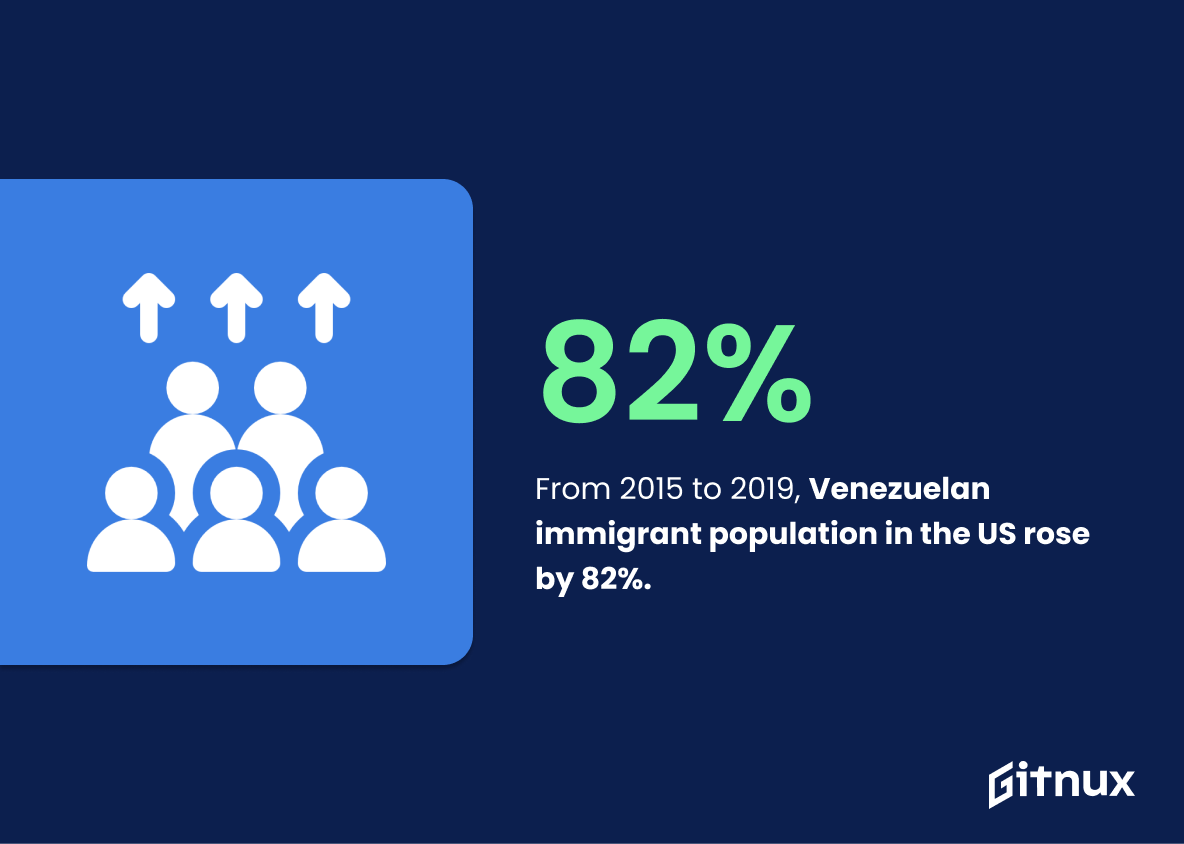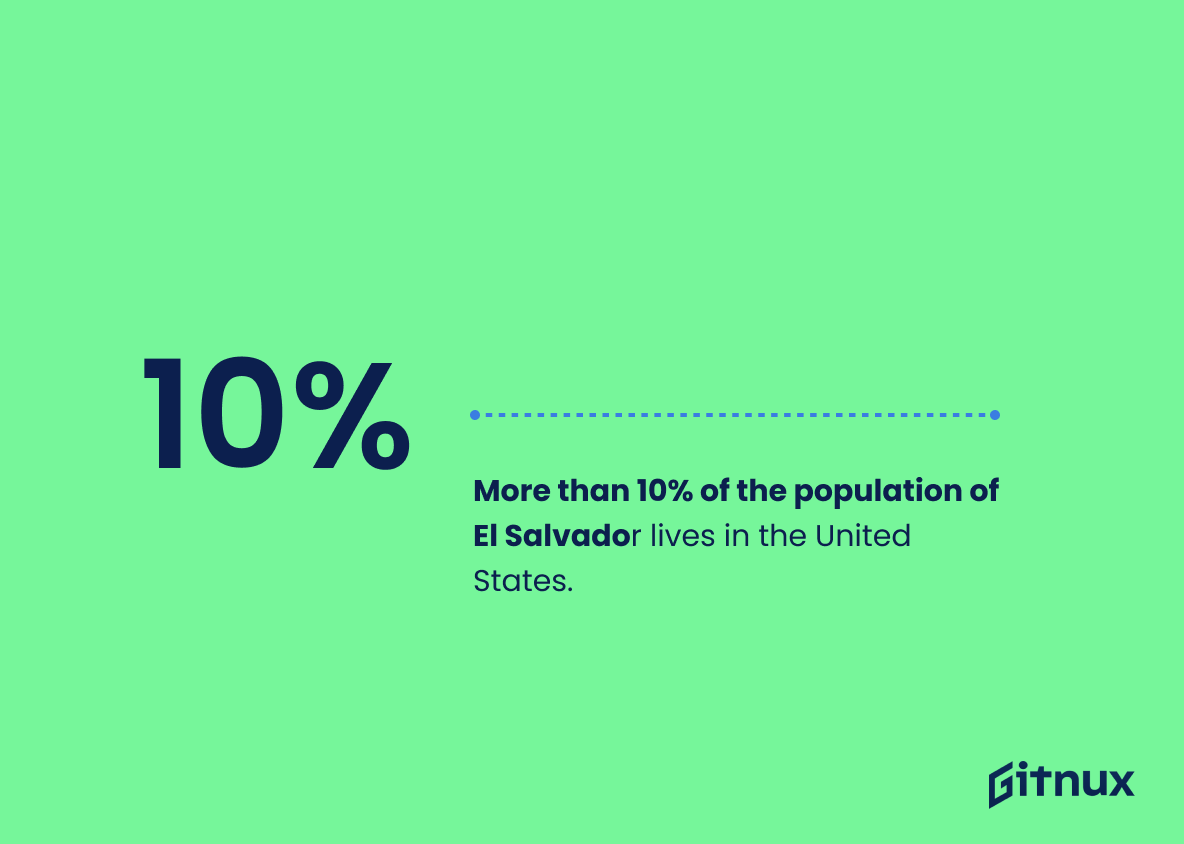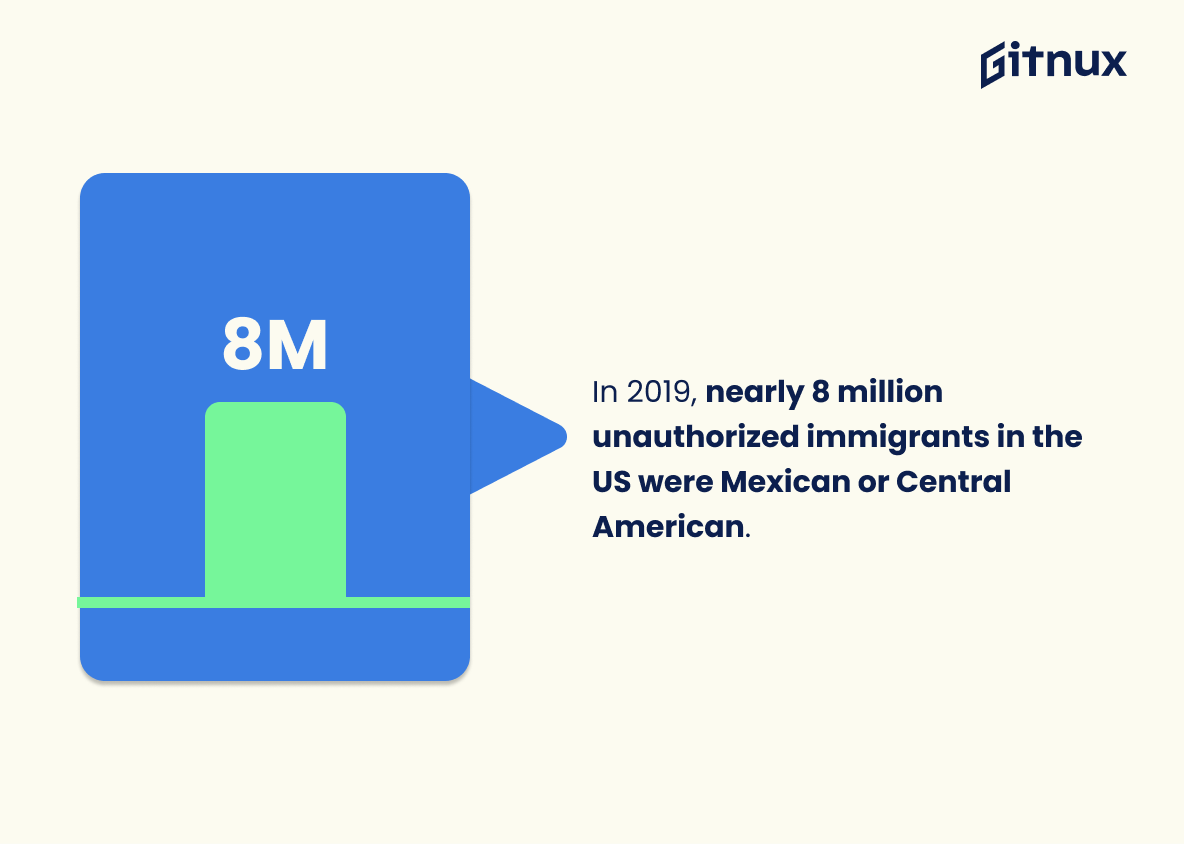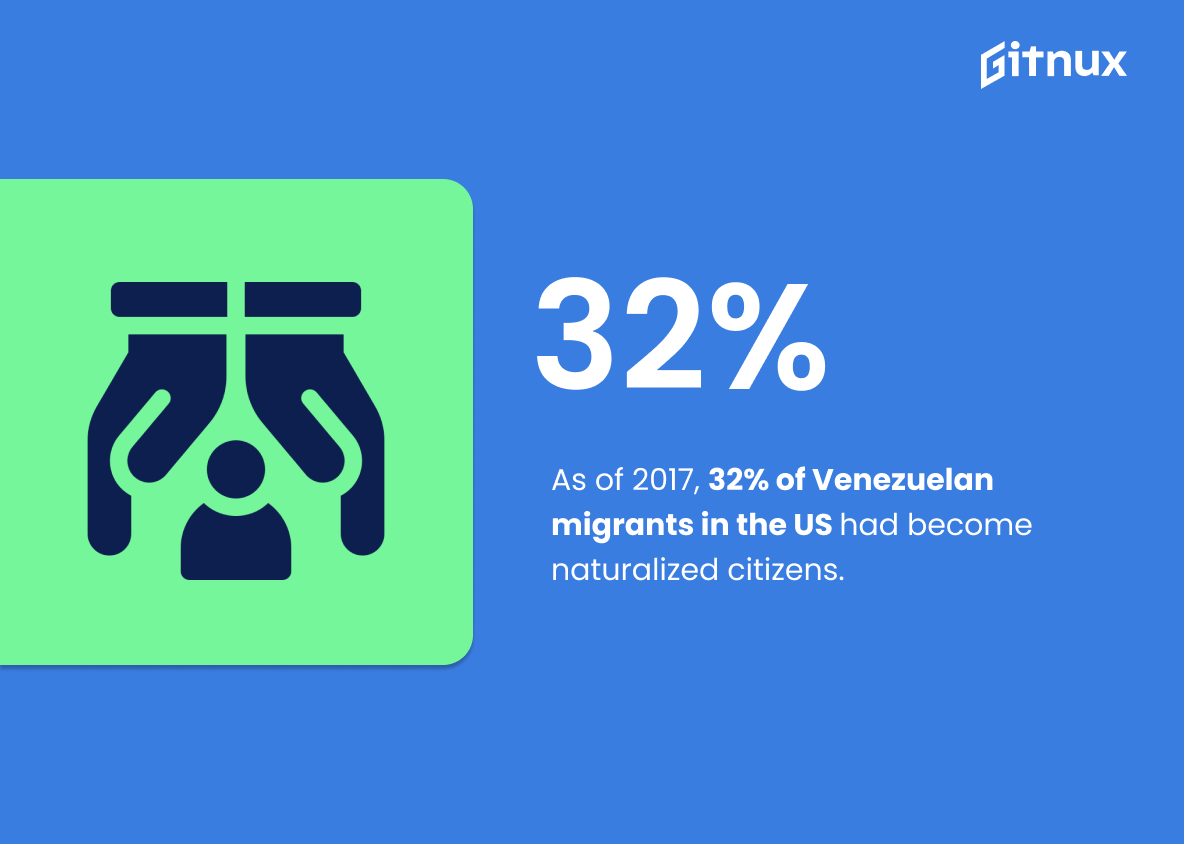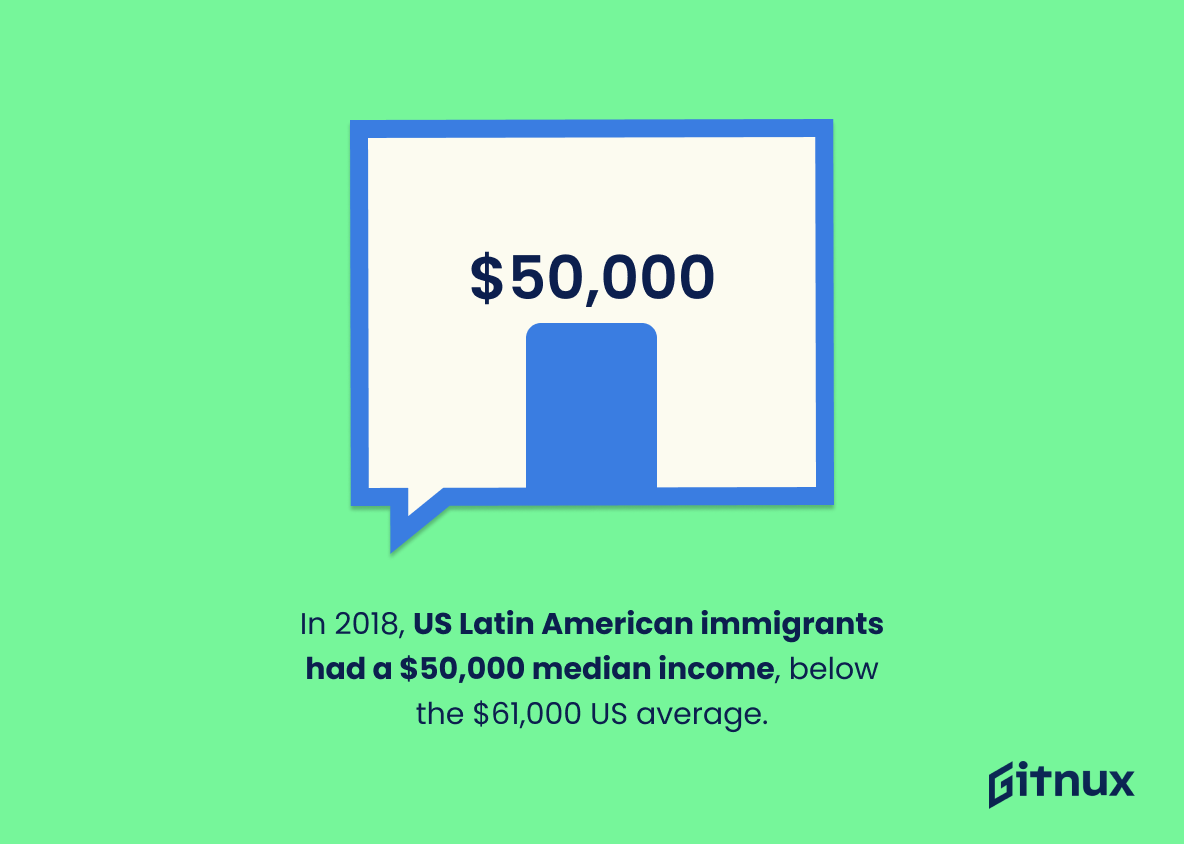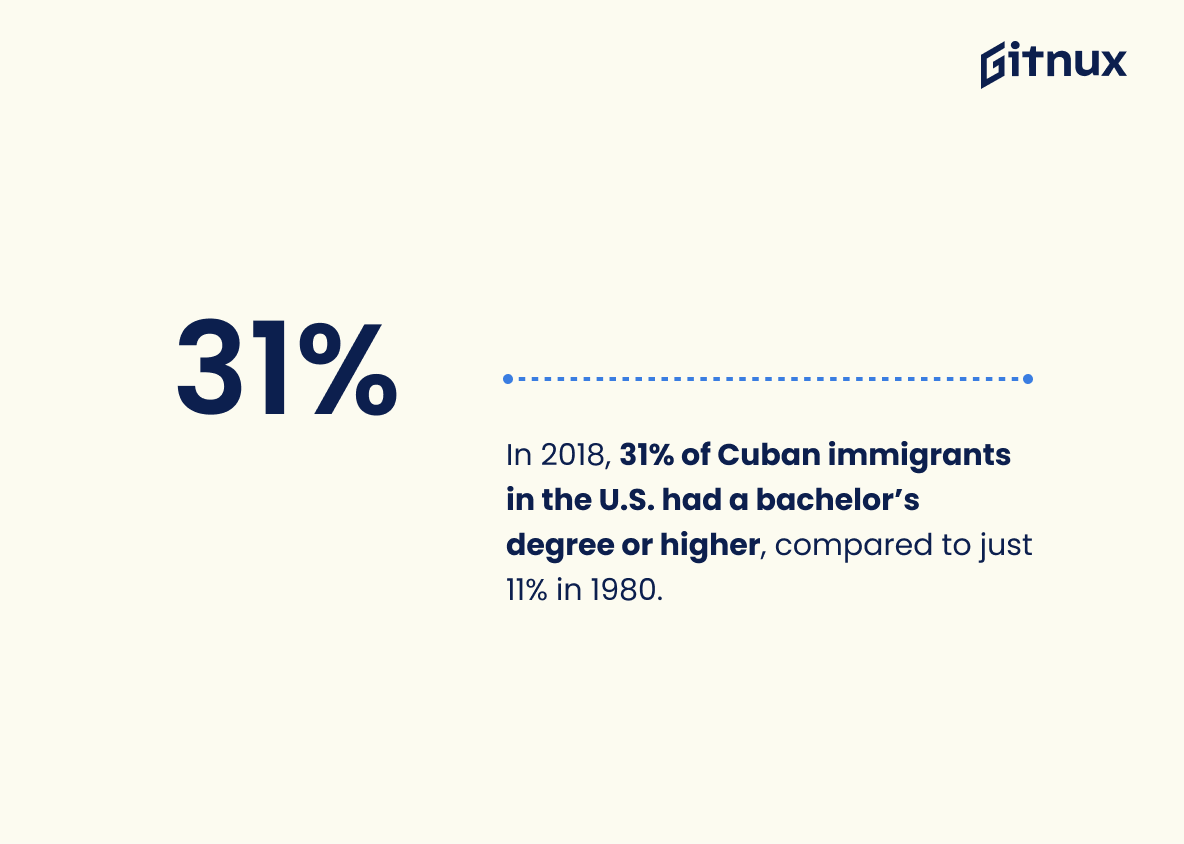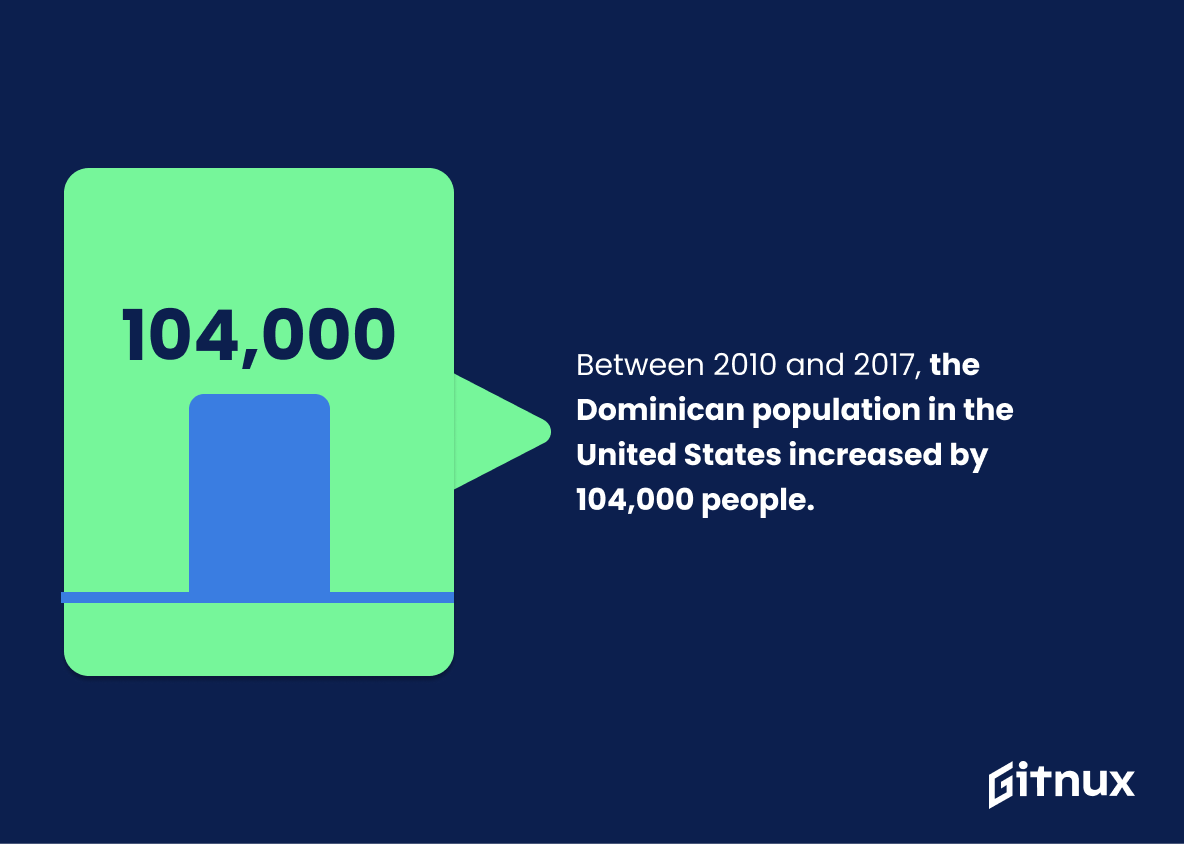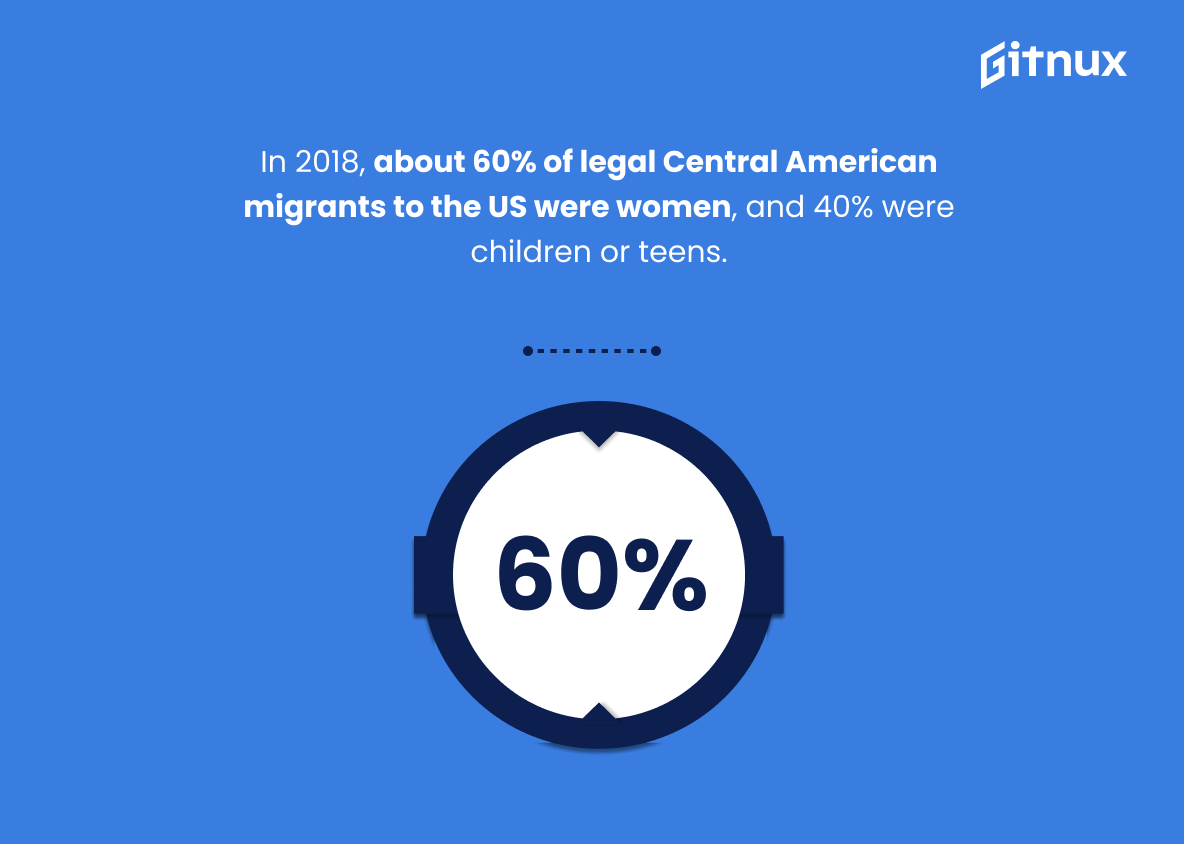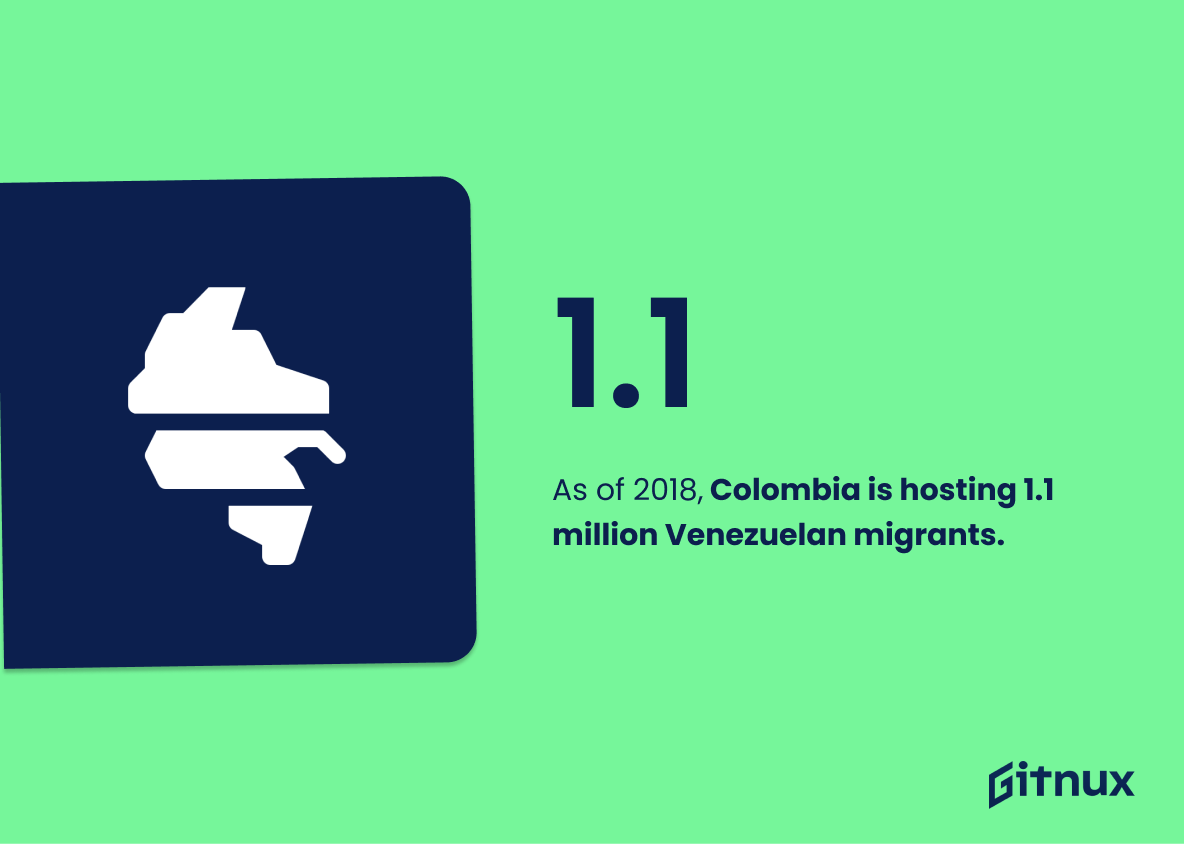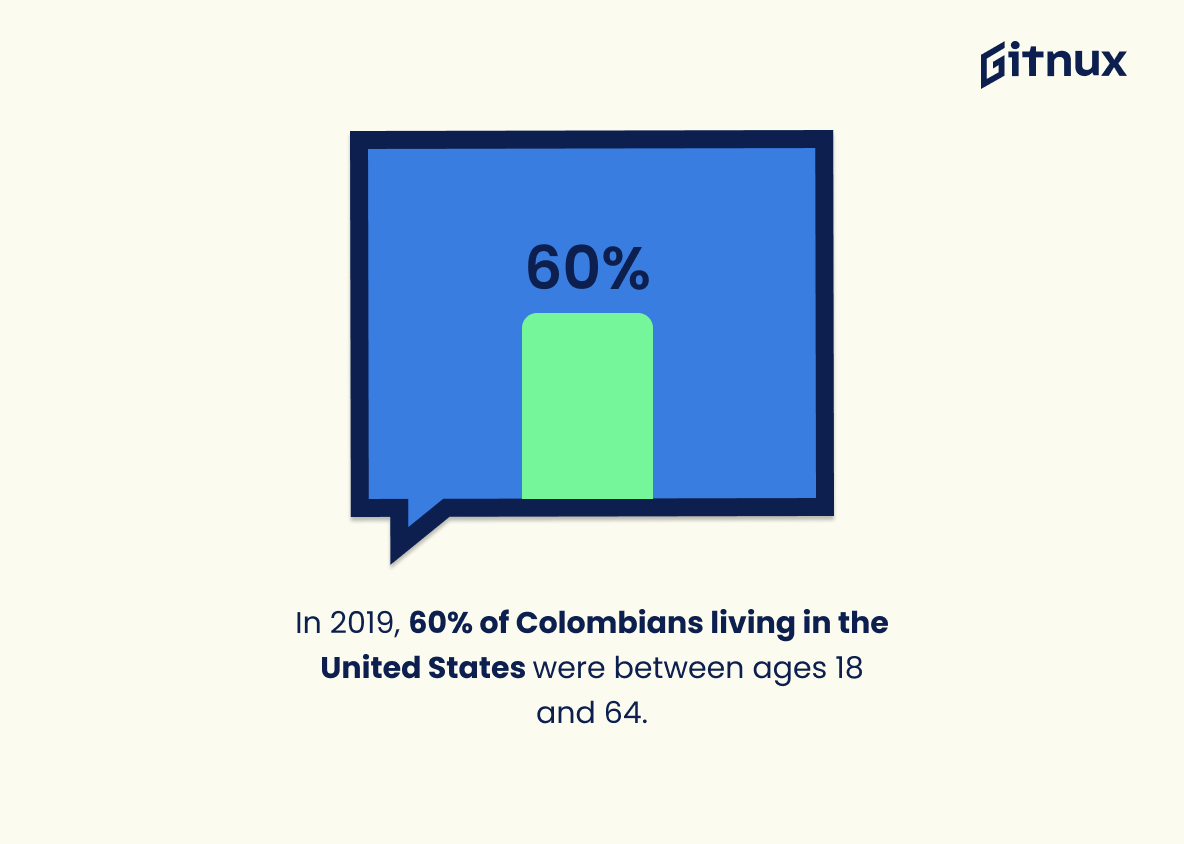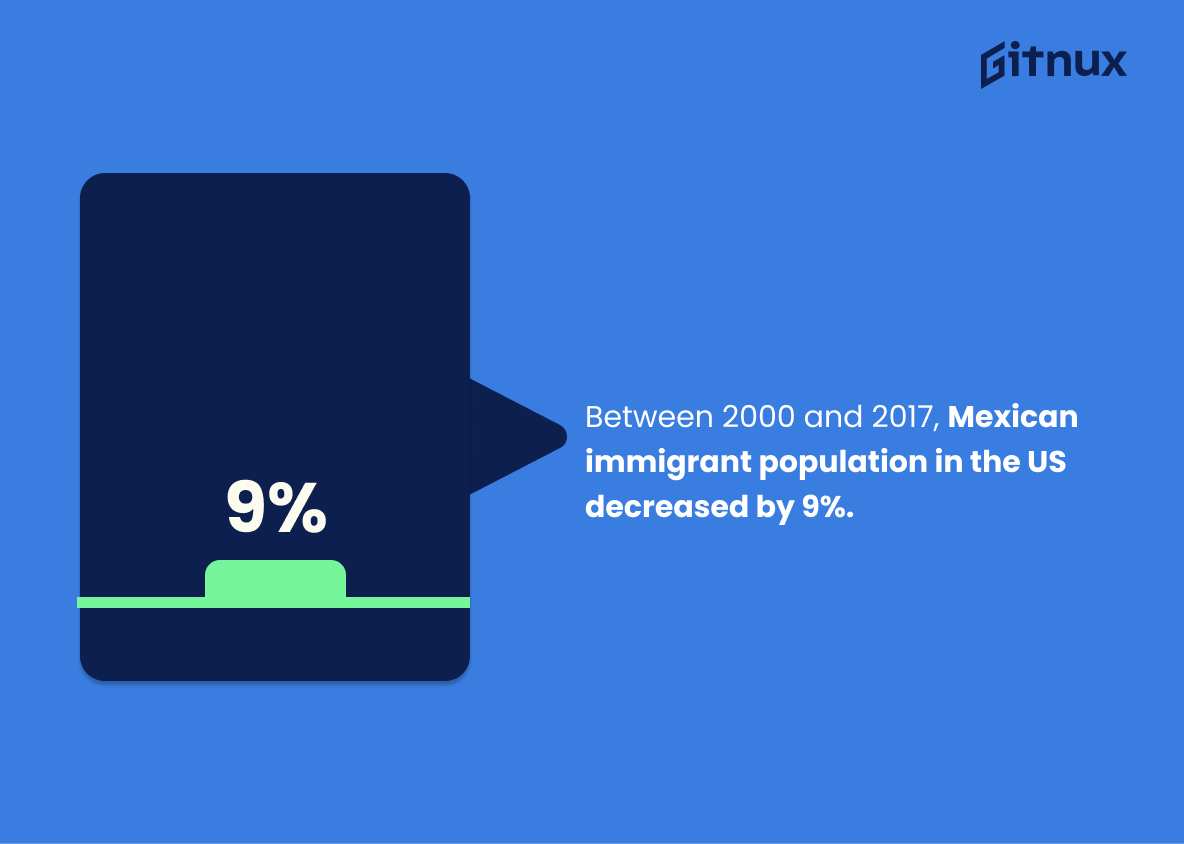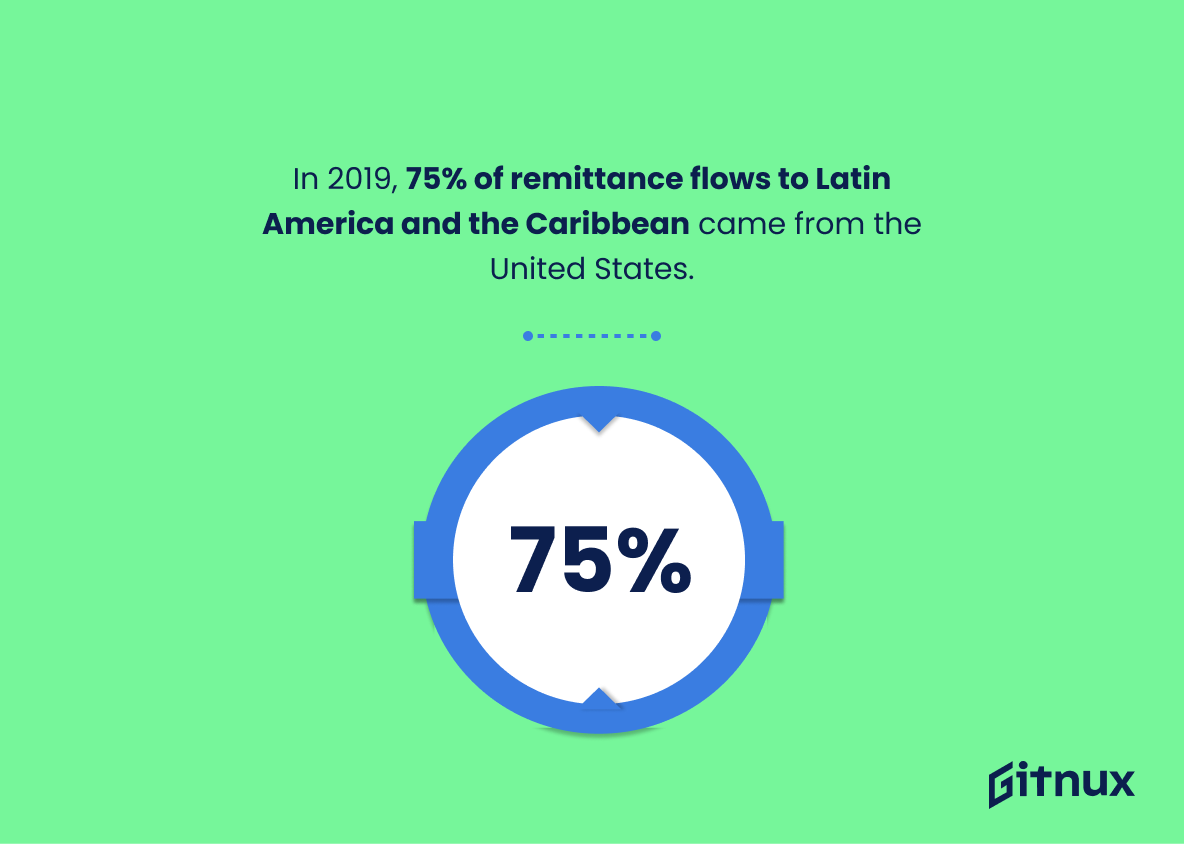Latin America is a region of immense diversity, with many countries and cultures that have been shaped by centuries of immigration. In recent years, the number of Latin American immigrants living outside their countries has grown significantly. This blog post will explore some key statistics about Latin American immigration to the United States and other parts of the world in 2019-2020. We’ll look at where these migrants are coming from, how they’re faring economically once they arrive in their new homes, and what impact remittances sent back home are having on their families left behind. Finally, we’ll examine how naturalization rates among this population compare to those for all immigrants in the U.S., as well as trends over time for certain nationalities within this group.
This statistic is a stark reminder of the immense scale of Latin American migration. It highlights the sheer number of people who have been forced to leave their homes in search of a better life elsewhere. It serves as a powerful reminder of the challenges faced by Latin American migrants, and the need for greater understanding and support for those who have been displaced.
In 2018, 19.8 million US immigrants came from Mexico and Central America, accounting for 44% of the total immigrant population.
This statistic is a powerful indicator of the immense impact that immigrants from Mexico and Central America have had on the US immigrant population in 2018. It highlights the sheer number of people who have made the journey to the US from these regions, and the significant proportion of the total immigrant population that they represent.
Latin America Immigration Statistics Overview
Between 2015 and 2019, the immigrant population from Venezuela to the United States increased by 82%.
This statistic is a powerful indicator of the drastic shift in the Latin American immigration landscape. It speaks to the immense pressure that Venezuelans have been facing in their home country, prompting them to seek refuge in the United States. This influx of immigrants has had a significant impact on the US population, and it is important to understand the magnitude of this shift in order to better understand the current immigration situation.
In 2018, 48% of Brazilian immigrants, aged 25 and older, had a bachelor’s degree or higher, compared to 32% of all immigrants in the United States.
This statistic is a powerful indicator of the educational attainment of Brazilian immigrants in the United States. It demonstrates that Brazilian immigrants are more likely to have a bachelor’s degree or higher than the average immigrant in the United States, which speaks to the potential of this population to contribute to the economy and society. This statistic is an important piece of the puzzle when it comes to understanding the impact of Latin American immigration in the United States.
More than 10% of the population of El Salvador lives in the United States.
This statistic is a stark reminder of the reality of Latin American immigration. It highlights the fact that a significant portion of El Salvador’s population has been forced to leave their home country in search of a better life in the United States. It speaks to the struggles and hardships that many Latin Americans face in their home countries, and the lengths they are willing to go to in order to find a better life.
In 2019, nearly 8 million unauthorized immigrants living in the United States were Mexican or Central American.
This statistic is a stark reminder of the immense impact that Latin American immigration has had on the United States. It highlights the sheer number of people who have left their home countries in search of a better life in the United States, and the challenges they face in doing so. It also serves as a reminder of the need for comprehensive immigration reform that will ensure the safety and security of these individuals.
In 2019, the United States was the top destination for Latin American immigrants, hosting around 67% of the region’s migrants.
This statistic is a powerful indicator of the magnitude of Latin American immigration to the United States. It highlights the importance of the US as a destination for Latin American immigrants, and serves as a reminder of the significant impact that Latin American immigrants have had on the US economy and culture.
As of 2017, 32% of the Venezuelan migrant population in the United States had become naturalized U.S. citizens.
This statistic is a testament to the resilience of the Venezuelan migrant population in the United States. Despite the challenges of adapting to a new culture and language, 32% of them have managed to become naturalized U.S. citizens. This statistic serves as a reminder of the strength and determination of immigrants, and the importance of providing them with the resources and support they need to succeed.
In 2018, Latin American immigrants in the United States had a median household income of $50,000, compared to the overall U.S. population’s $61,000.
This statistic is a powerful indicator of the economic disparities between Latin American immigrants and the overall U.S. population. It highlights the fact that Latin American immigrants are not receiving the same economic opportunities as the rest of the population, and that they are facing a greater financial burden. This statistic is an important reminder of the need for greater economic support for Latin American immigrants in the United States.
In 2018, 31% of Cuban immigrants in the U.S. had a bachelor’s degree or higher, compared to just 11% in 1980.
This statistic is a testament to the progress made by Cuban immigrants in the U.S. over the past four decades. It shows that Cuban immigrants have made significant strides in terms of educational attainment, with the percentage of those with a bachelor’s degree or higher more than doubling since 1980. This is an encouraging sign for the future of Cuban immigrants in the U.S., and serves as a reminder of the importance of providing access to educational opportunities for immigrants.
Between 2010 and 2017, the Dominican population in the United States increased by 104,000 people.
This statistic is a testament to the growing Dominican population in the United States, highlighting the importance of Latin American immigration in the country. It demonstrates the significant impact that Latin American immigrants have had on the US population, and the importance of understanding the dynamics of immigration in the region.
In 2018, nearly 60% of legal Central American migrants to the United States were women, and 40% were children or teenagers.
This statistic is a powerful reminder of the realities of Latin American immigration to the United States. It highlights the disproportionate number of women and children who are making the difficult journey to the United States in search of a better life. It also serves as a reminder of the dangers that these vulnerable populations face in their journey, and the need for greater protections for them.
As of 2018, Colombia is hosting 1.1 million Venezuelan migrants.
This statistic is a stark reminder of the immense impact that the Venezuelan crisis has had on the region. It highlights the sheer number of people who have been forced to flee their homes in search of safety and stability in Colombia. It also serves as a reminder of the immense strain that this influx of migrants has placed on Colombia’s resources and infrastructure. This statistic is a powerful illustration of the human cost of the Venezuelan crisis and the need for a comprehensive regional response.
In 2019, 60% of Colombians living in the United States were between ages 18 and 64.
This statistic is a telling indication of the current state of Latin American immigration to the United States. It reveals that the majority of Colombians living in the US are of working age, suggesting that they are likely to be contributing to the US economy and workforce. This statistic is an important piece of the puzzle when it comes to understanding the impact of Latin American immigration on the US.
In 2014, approximately 4.3 million Latin Americans living in the United States were eligible for U.S. citizenship but had not naturalized.
This statistic is a stark reminder of the millions of Latin Americans living in the United States who are eligible for U.S. citizenship but have yet to take the steps to naturalize. It speaks to the complexity of the immigration process and the challenges that many Latin Americans face in navigating the system. It also highlights the importance of understanding the nuances of immigration law and the need for comprehensive immigration reform.
Between 2000 and 2017, the number of Mexican immigrants residing in the United States dropped by 9%.
This statistic is a telling indication of the changing landscape of Latin American immigration to the United States. It demonstrates that the number of Mexican immigrants residing in the US has decreased significantly over the past 17 years, suggesting that the US is becoming less attractive as a destination for Latin American immigrants. This is an important statistic to consider when discussing the current state of Latin American immigration.
In 2019, 75% of remittance flows to Latin America and the Caribbean came from the United States.
This statistic is a powerful indicator of the strong ties between Latin America and the Caribbean and the United States. It speaks to the importance of remittances from the US to the region, which are a major source of income for many families and communities. It also highlights the significant role that immigrants from Latin America and the Caribbean play in the US economy, as they are the primary source of these remittances. This statistic is an important reminder of the deep connections between the two regions and the importance of immigration in both.
Latin American immigrants made up 74.5% of the total immigrant population in Argentina by 2019.
This statistic is a powerful indicator of the impact Latin American immigrants have had on the population of Argentina. It demonstrates the sheer number of people who have chosen to make Argentina their home, and the significant contribution they have made to the country’s culture and economy. It is a testament to the strength and resilience of Latin American immigrants, and a reminder of the importance of recognizing and celebrating their contributions.
Conclusion
The data presented in this blog post paints a comprehensive picture of Latin American immigration to the United States and other countries. In 2019, 42 million Latin Americans were living outside their countries of birth, with 19.8 million coming from Mexico and Central America alone. The number of Venezuelan immigrants to the US increased by 82% between 2015-2019 while Brazilian immigrants had higher levels of educational attainment than all other immigrant groups in 2018. Additionally, 10% or more of El Salvador’s population lives abroad due to migration and 8 million unauthorized Mexican or Central American migrants live in the US as well.
In terms of destination country for these migrants, 67% chose the United States while 32% became naturalized citizens there by 2017; however, remittances sent back home still make up 75%. Argentina has also seen an influx with 74.5 % being made up by Latin American immigrants in 2019 but overall numbers have decreased since 2000 when it comes to Mexicans migrating into the US specifically (-9%).
Overall we can see that despite some decreases over time such as those experienced by Mexican nationals entering into America legally -Latin American immigration is on an upward trend both within North America itself and further afield across South America too where many are seeking asylum status (1.4m).
References
0. – https://www.cfr.org
1. – https://www.axios.com
2. – https://www.americasquarterly.org
3. – https://www.americanprogress.org
4. – https://www.latinnews.com
5. – https://www.migrationpolicy.org
6. – https://www.dx.doi.org
7. – https://www.pewresearch.org
